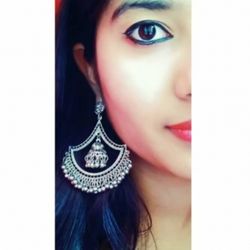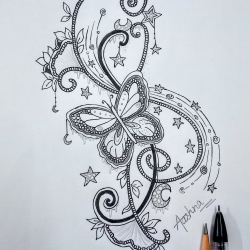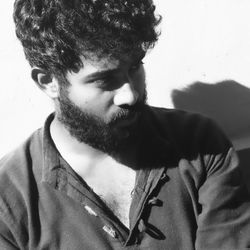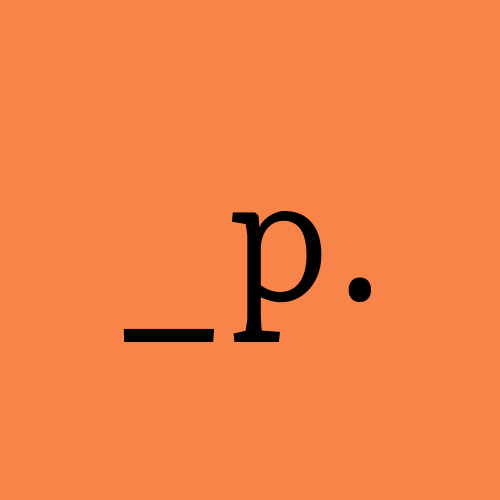
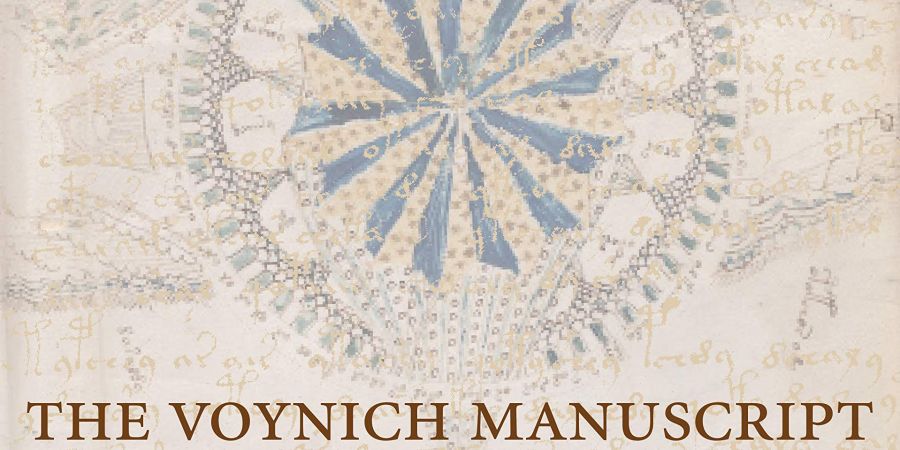
A centuries- old puzzle
Here's what you we know so far about the World's most mysterious book.
In 1912, bookseller Wilfrid Voynich stumbled upon the manuscript and fascinated by it. He purchased it and brought it to US. Dated back to the mid 15th century via carbon dating, it's been in the Beinecke Library at Yale University since 1969.
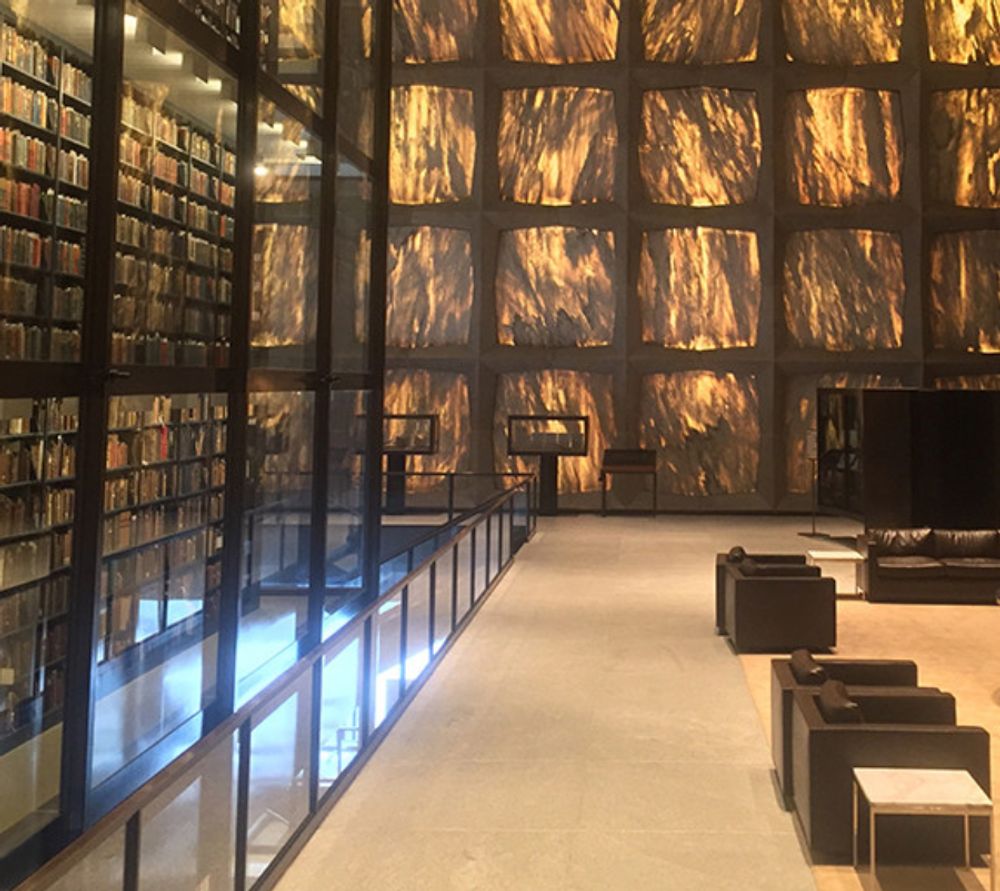
Made from at least 14 full cow skins, the book has 240 pages intact with others missing. The ink used for writing and illustrations may have included vitriol, oak gall nuts, egg, fruit peels and wine!
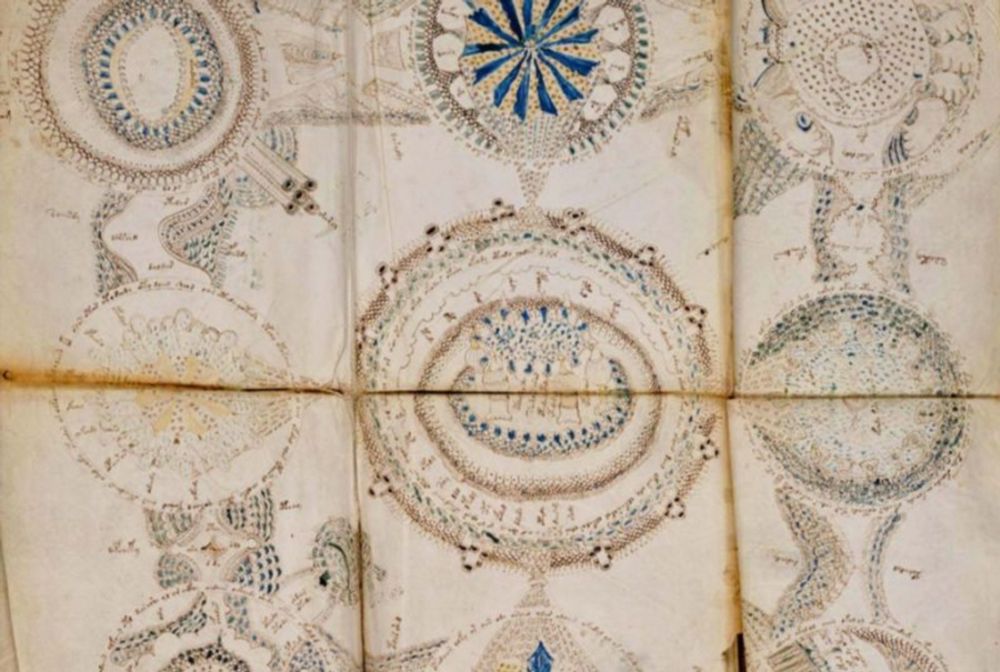
Nearly every page of the book is embellished with illustrations of what seems like otherworldly plants, unfamiliar constellations and naked women swimming through fantastical tubes and green baths.
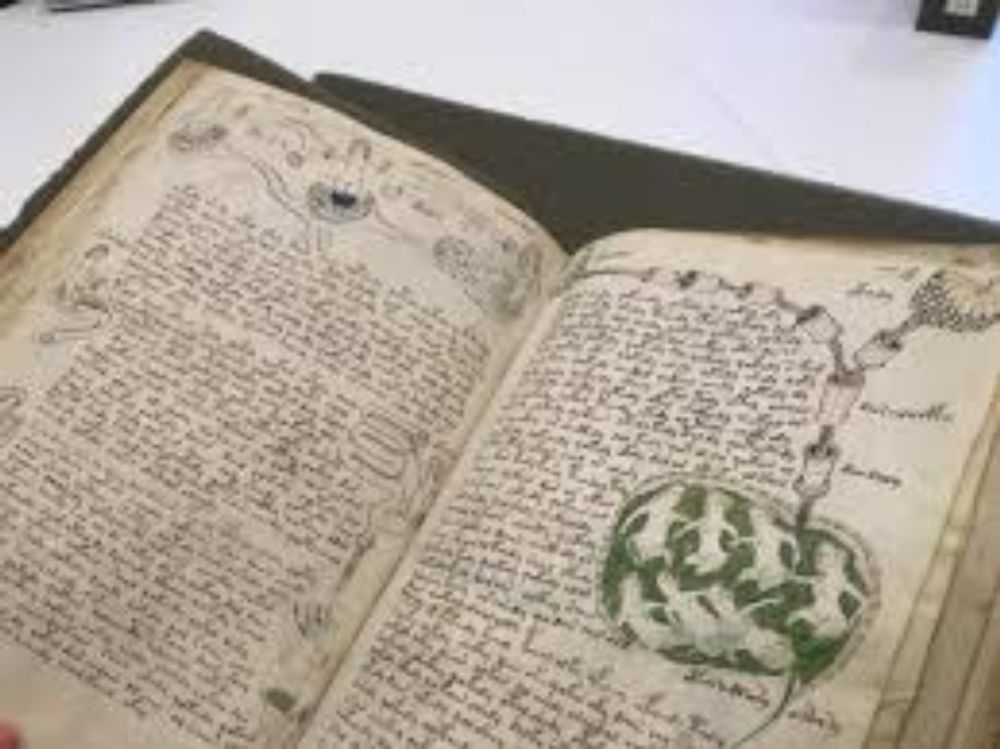
It is written in cypher, a secret code designed to hide the meaning.
The document is a hoax written in gibberish to make money- by a medical con-man or Voynich himself.
It's written in an actual language but with an unknown script. Perhaps, it's an attempt to make a script for a spoken language.
The codex belonged to the Emperor Rudolph II of Germany who purchased it believing it was written by Roger Bacon. He likely acquired the same from English astrologer John Dee. More fringe theories believe it was written by a coven of Italian witches or by Martians!
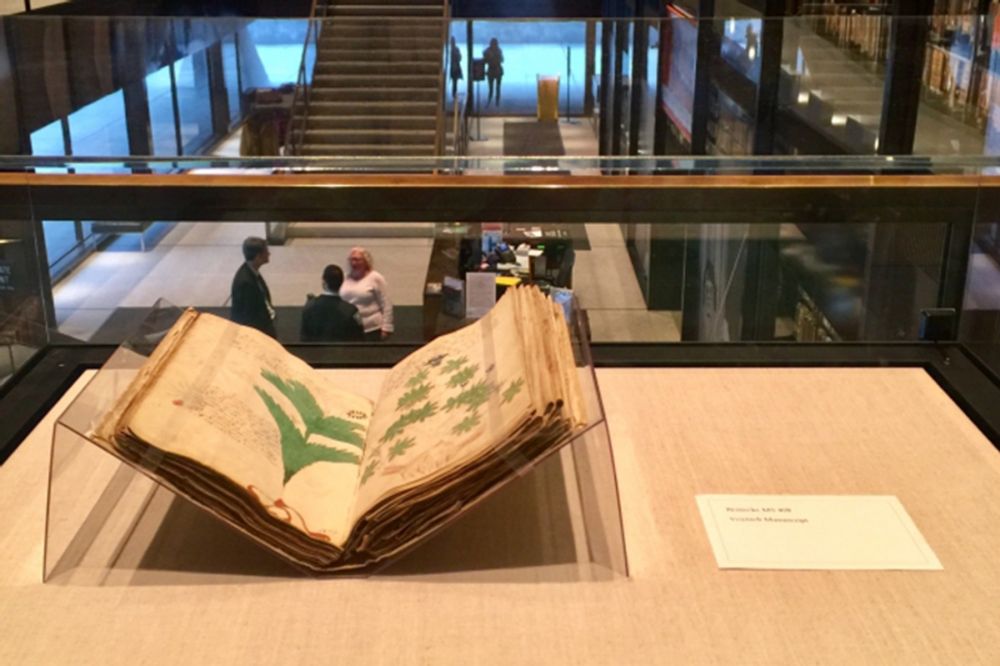
Countless scholars including Alan Turing and his colleagues were unable to crack the code and nor could the FBI, which reportedly studied it during the Cold War thinking it may have been Communist propaganda.

In 2019, Dr. Gerald Cheshire from the University of Bristol claimed he solved the text within 2 weeks. However, University of Bristol later distanced itself from the claim and said it plans to seek “further validation” after “concerns” from fellow academics.

Written in Proto-Romance belong to today's Romance languages, the manuscript was compiled by Dominican nuns for the Queen of Aragon. The language was commonplace in the Mediterranean but was not written in documents as Latin was the language of royalty, church and govt.
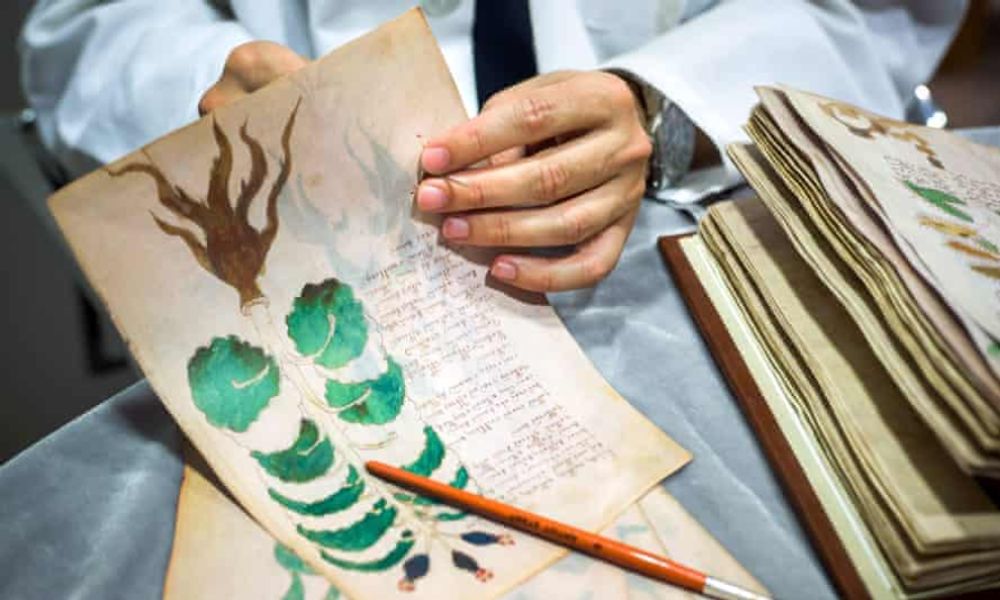
All the letters are in lowercase with no double consonants. The alphabet is a combination of known and unknown symbols with no dedicated punctuation marks but some symbol variants to indicate punctuation or phonetic accent. The next step is to translate the entire manuscript, which is expected to take time.

Hope you like it. Let's support each other and grow together :)





